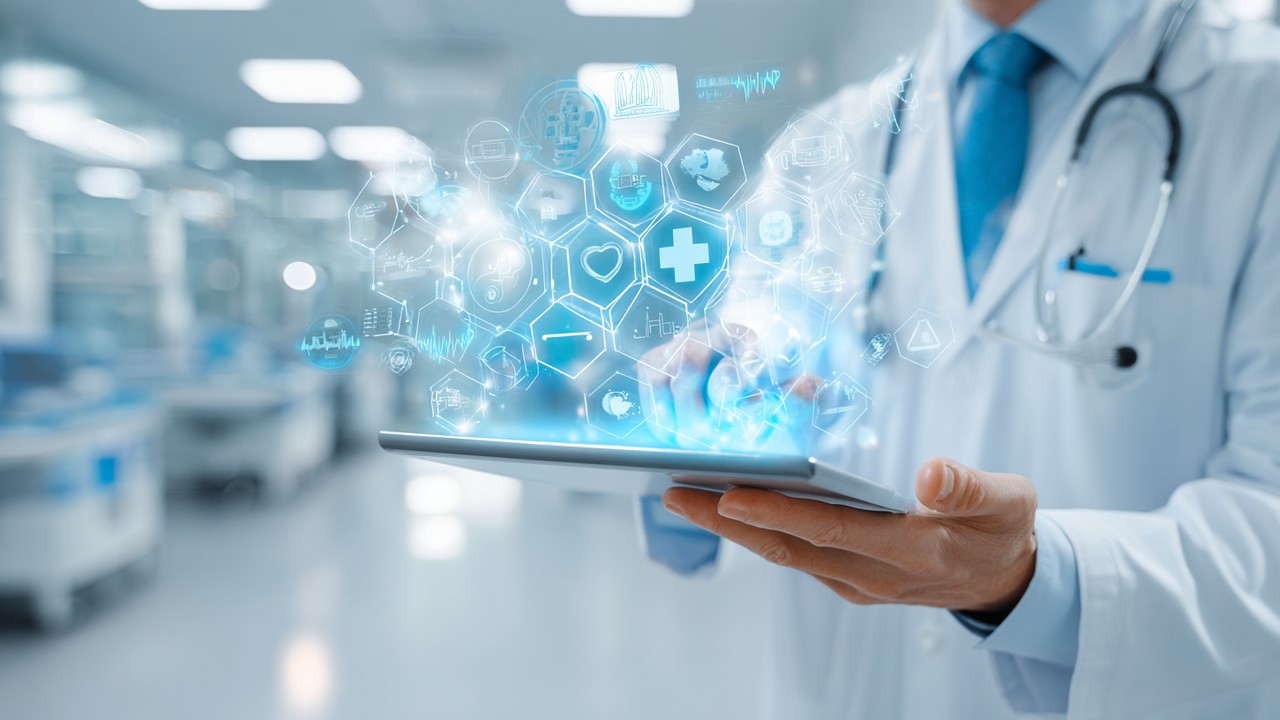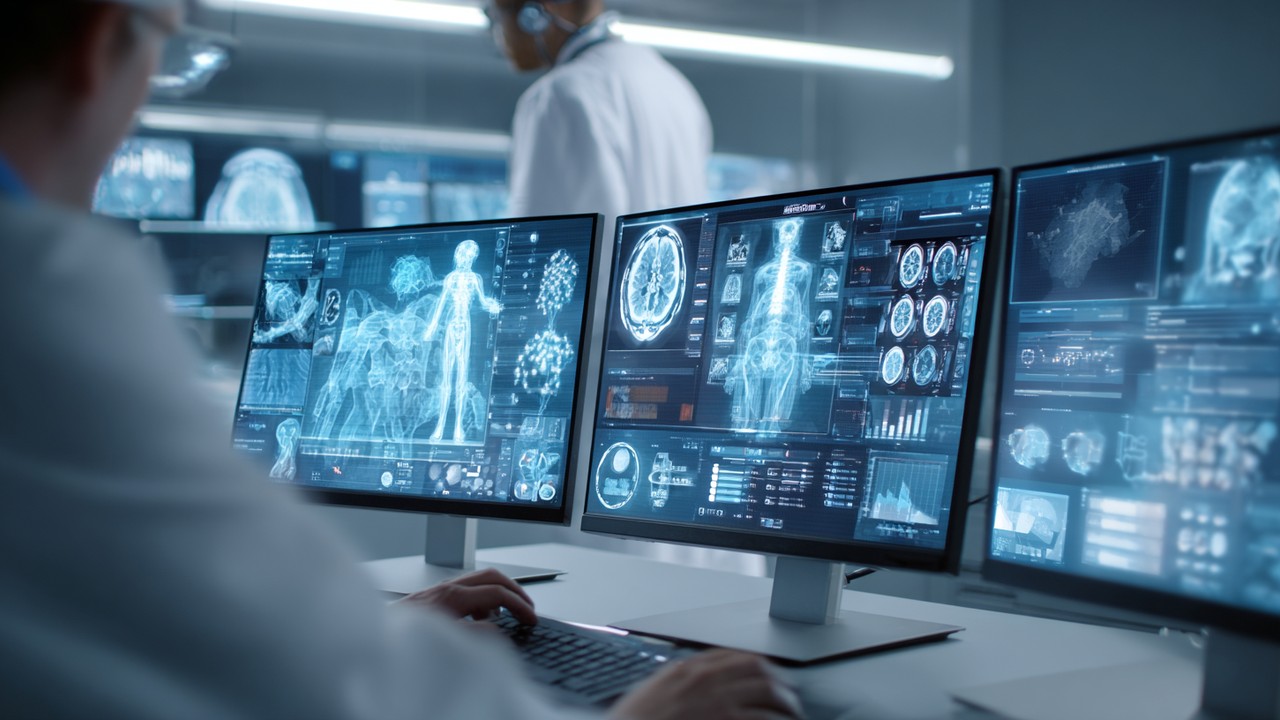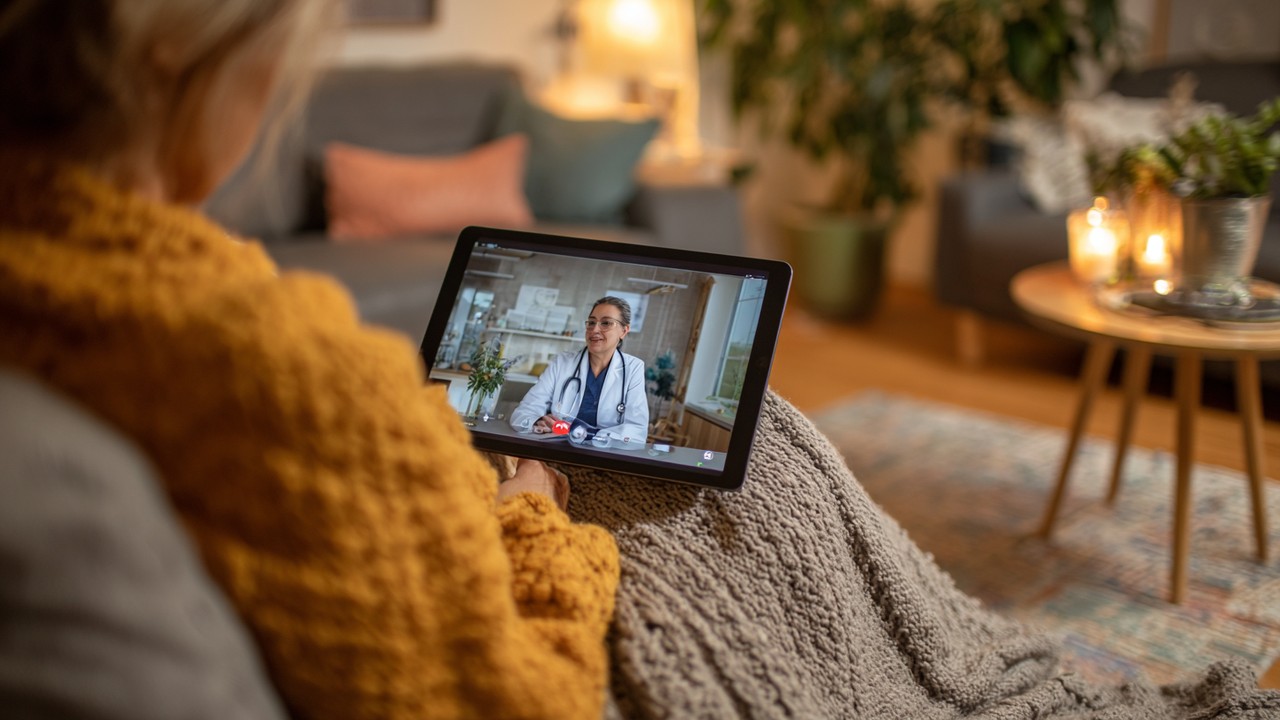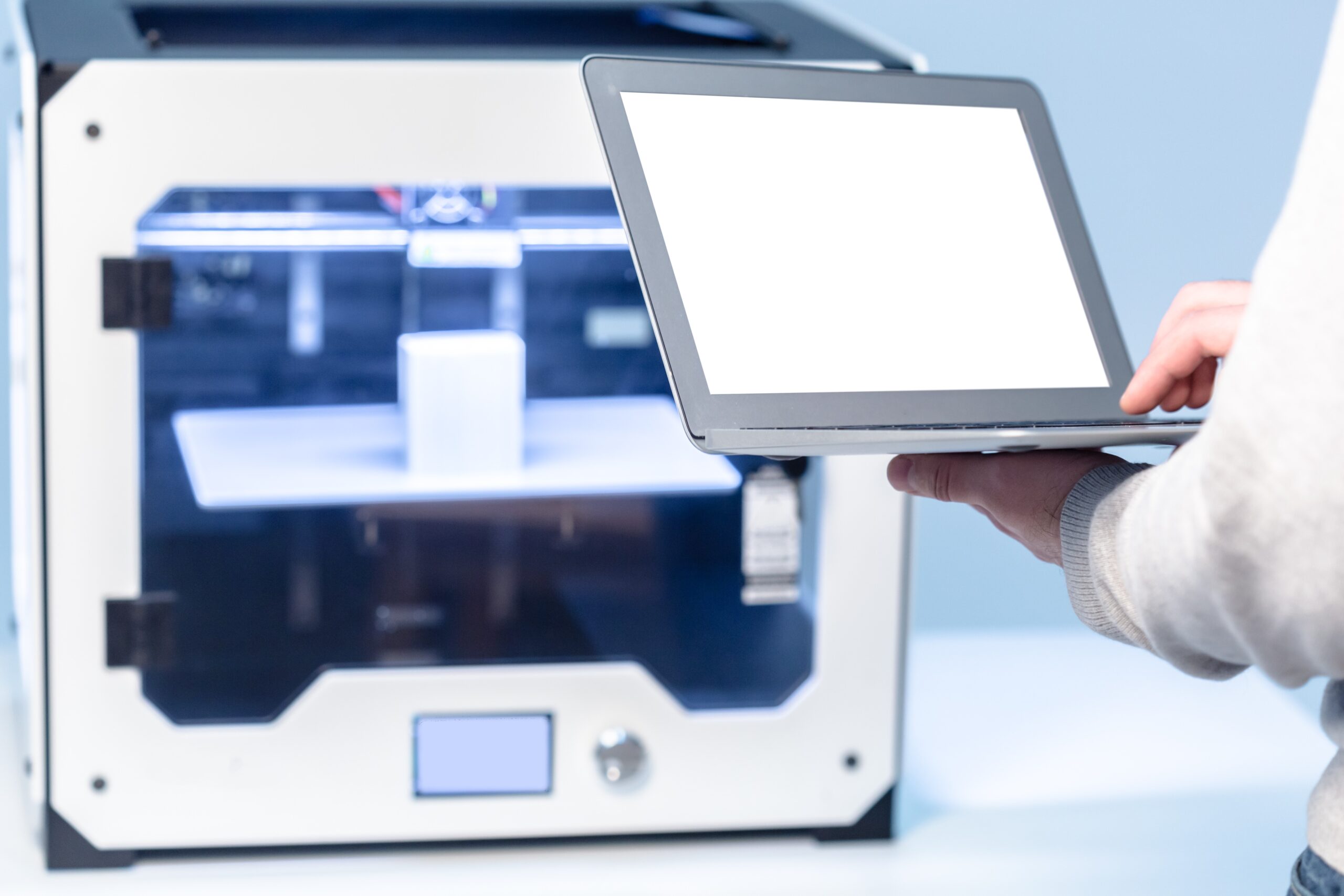Digital health medicine stands out as an innovative field representing the increasing impact of technology in the delivery of healthcare services. Digital solutions used in treatment processes fundamentally change both patient and physician experiences and become one of the cornerstones of transformation in the health sector. These developments expand the boundaries of technology use in …
Digital health medicine stands out as an innovative field representing the increasing impact of technology in the delivery of healthcare services. Digital solutions used in treatment processes fundamentally change both patient and physician experiences and become one of the cornerstones of transformation in the health sector. These developments expand the boundaries of technology use in treatment, enabling healthcare services to be more accessible, efficient, and personalized.
What is Digital Health Medicine and the Fundamental Role of Technology in Treatment
Definition and Scope of Digital Health Medicine
Digital health medicine refers to the planning, implementation, and management of healthcare services supported by technology. This field aims to develop faster and more effective treatment methods by combining traditional medical practices with digital tools, software, and communication technologies. Digital health medicine plays a critical role not only in the diagnosis and treatment of diseases but also in preventive health services and patient monitoring.
Within this scope; a wide range of technological innovations are included, from electronic health records (EHR) and mobile health applications to AI-supported diagnostic systems and remote patient monitoring. Thus, communication between healthcare professionals and patients is strengthened, making treatment processes more transparent and traceable.
Integration of Health Technologies into Treatment Processes
Today, digital health technologies integrated into treatment processes increase the quality and speed of healthcare services. Clinical decision support systems assist in the early diagnosis of diseases and the creation of appropriate treatment plans, while mobile applications and telemedicine solutions enable patients to monitor their health status from home.
This technological integration allows physicians to make more informed decisions and increases patient adherence to treatment. For example, thanks to digital platforms used in chronic disease management, patient data can be monitored in real-time, allowing for rapid interventions when necessary. This significantly enhances the effectiveness of treatment and patient satisfaction.
The Impact of Digital Health Solutions on Interaction Between Patient and Physician
One of the most important contributions of digital health solutions is strengthening the interaction between patient and physician. Face-to-face meetings, which are usually limited in traditional healthcare services, become continuous and uninterrupted through digital platforms. Patients can share their health status instantly via mobile applications and web-based systems, and physicians can evaluate this data and intervene remotely when needed.
This situation shows that the use of technology in treatment supports patient-centered approaches and creates a higher level of interaction in healthcare services. Additionally, thanks to digital tools, health awareness increases, patients actively participate in treatment processes, and thus treatment success improves.
Digital health medicine, as a pioneer of digital transformation in health, has become an indispensable component of technology in treatment processes. Developments in this field ensure that healthcare services are more effective, accessible, and personalized, forming the foundation of future health systems.

Applications of Artificial Intelligence and Data Analytics in Treatment Processes
The Role of Artificial Intelligence in Disease Diagnosis and Treatment Planning
Artificial intelligence in healthcare is revolutionizing disease diagnosis and treatment planning. Artificial intelligence health systems provide significant support to physicians by quickly and accurately analyzing large amounts of medical data, aiding in early diagnosis of diseases and management of complex cases. Interpretation of data obtained from imaging techniques, genetic analyses, and evaluation of multidimensional data such as patient history are among the strengths of artificial intelligence.
For example, artificial intelligence algorithms used in radiology can outperform the human eye in detecting serious diseases like cancer at an early stage. This accelerates the treatment process and enables the development of personalized treatment strategies. Additionally, thanks to the analytical approaches offered by artificial intelligence, treatment plans are optimized according to the individual characteristics of the patient, thereby preventing unnecessary treatments.
Personalized Treatment Through Big Data and Health Data Analysis
Data analytics treatment paves the way for developing patient-specific solutions in treatment processes. The healthcare sector produces increasing amounts of data every day, and making sense of this data directly affects the quality of healthcare services. Using big data techniques, patients’ medical history, lifestyle, genetic characteristics, and environmental factors are analyzed together.
Within this scope, personalized medicine models allow patient-specific decisions to be made at every stage of treatment. For example, adjusting drug dosages in chronic diseases according to the patient’s genetic makeup provides advantages such as minimizing side effects and increasing treatment efficacy. Moreover, these methods make it possible to predict disease progression and develop preventive strategies.
Machine Learning Algorithms and Clinical Decision Support Systems
Machine learning is one of the most important components of technology use in healthcare treatment. Clinical decision support systems analyze patient data using machine learning algorithms and provide recommendations to physicians, facilitating accurate decision-making processes. These systems reduce the workload of physicians and decrease error rates in both diagnosis and treatment stages.
For instance, machine learning algorithms are effectively used in tasks such as determining the most appropriate drug combination for a patient or detecting risk factors early during the treatment process. This technology is also an important tool in the development of new drugs and clinical research.
Case Examples and Current Research
Current research concretely demonstrates the contributions of artificial intelligence and data analytics in treatment processes. Artificial intelligence-supported image analysis in cancer diagnosis has significantly reduced misdiagnosis rates. Additionally, models developed in cardiology have enabled early prediction of heart attack risk, allowing for preventive treatment applications.
Another notable example is the use of artificial intelligence in the treatment of COVID-19 patients during the pandemic. By analyzing patients’ respiratory functions and vital signs, early detection of critically ill patients was achieved, enabling effective management of intensive care resources.
These developments clearly reveal how artificial intelligence and data analytics in the field of digital health applications are transforming treatment processes. Healthcare professionals can offer faster, more accurate, and personalized treatment options by using these technologies.
Advances in artificial intelligence health will play a critical role in the future of technology use in treatment and will continuously improve the quality of patient care. Thus, healthcare systems will operate more efficiently, and patients will achieve better outcomes.

Telemedicine and Remote Patient Monitoring Contributions to Treatment
Increasing Access to Healthcare Services with Telemedicine Technologies
Telemedicine is a powerful digital health tool that removes geographical barriers and enables healthcare services to reach wider populations. Especially for patients living in rural and hard-to-reach areas, this technology facilitates access to healthcare and represents one of the most concrete examples of technology use in treatment. Thanks to telemedicine, patients can reach specialist doctors without leaving their homes and receive quick and effective health consultations even in non-emergency situations.

These systems not only enable communication between patient and physician without time and location constraints but also lighten the burden on healthcare systems and contribute to the more sustainable delivery of healthcare services. Additionally, during the pandemic period, they played a critical role in maintaining healthcare services remotely, protecting public health.
Remote Patient Monitoring Devices and Mobile Health Applications
Remote patient monitoring makes it possible to track patients' health status in real time. Mobile health applications and monitoring devices developed for this purpose provide great convenience, especially in managing chronic diseases. For example, biosensors developed for heart patients continuously measure vital data such as blood pressure and pulse and share this data with healthcare professionals.
Thus, physicians can instantly notice changes in their patients' conditions and intervene quickly. Mobile applications can remind patients of medication times, track exercise and nutrition, or provide motivation to increase treatment adherence. This makes treatment processes more effective and traceable.
Supporting Chronic Disease Management and Treatment Adherence with Digital Tools
Chronic diseases are long-term health problems that require continuous monitoring. Digital treatment methods facilitate patients' lives while reducing the burden on healthcare systems in managing these diseases. Remote patient monitoring and telemedicine solutions allow patients to have regular check-ups without leaving their homes.
Digital tools offer various reminders and educational materials to increase patients' adherence to treatment plans. Additionally, physicians can continuously monitor patients' conditions and make changes to treatment plans when necessary. This reduces the risk of complications and improves patients' quality of life.
Advantages in Terms of Patient Satisfaction and Cost-Effectiveness
Telemedicine and remote patient monitoring offer significant advantages for both patients and the healthcare system. From the patients' perspective, receiving healthcare services without traveling saves time and money. At the same time, patients can better monitor their health status and participate more actively in treatment processes.
From the healthcare system perspective, these digital treatment methods shorten hospital stays, reduce unnecessary emergency room visits, and optimize resource use. This allows healthcare expenditures to be kept under control and improves service quality.
Telemedicine and remote patient monitoring reduce access inequalities in healthcare and make treatment processes more inclusive as the most effective applications of digital treatment methods. These technologies ensure that the use of technology in treatment is carried to a patient-centered and sustainable dimension.
The Role of Wearable Technologies and Sensors in Health Monitoring
Smartwatches, Biosensors, and Health Monitoring Devices
Wearable health technologies stand out as revolutionary tools in personal health monitoring. Smartwatches and biosensors continuously measure vital parameters such as heart rate, blood oxygen level, and body temperature, providing valuable information to users and healthcare professionals. These devices play a critical role not only in sports and fitness but also in managing chronic diseases.
Especially in conditions like heart diseases, diabetes, and hypertension, wearable devices enable real-time monitoring of patients' health status. This allows for the establishment of early warning systems during the treatment process and timely emergency interventions. Additionally, these technologies help increase patients' adherence to treatment by tracking daily life activities.
Real-Time Data Collection and Early Diagnosis Opportunities
One of the greatest advantages of wearable devices is their ability to collect health data in real time. Thus, abnormalities outside normal ranges are detected immediately, and patients or physicians are quickly informed. Early diagnosis is one of the most important factors that increase treatment success in many diseases.
For example, arrhythmias and other heart rhythm disorders can be detected instantly with the help of wearable sensors, directing patients to appropriate treatment without delay. Sleep tracking can identify symptoms of sleep apnea or other sleep disorders early on. These technologies offer important opportunities to continuously monitor patients' conditions, prevent disease progression, and reduce complications.
Monitoring Parameters Such as Physical Activity, Heart Rate, and Sleep Patterns
Wearable technologies are effective not only in disease monitoring but also in improving general health and quality of life. Functions such as physical activity tracking, heart rate monitoring, and sleep pattern evaluation help individuals develop healthy lifestyle habits. Regular monitoring of these parameters provides an important health indicator for both patients and physicians.
Based on this data, healthcare professionals can offer personalized recommendations and support patients in making lifestyle changes. At the same time, this monitoring system increases motivation and strengthens patients' participation in treatment processes. For example, adherence to exercise programs or regular medication use becomes easier.
Increasing Patient Motivation and Improving Quality of Life During Treatment
Wearable health devices are also important tools in increasing patient motivation during the treatment process. Patients actively participate in their treatment by tracking their own health data, which directly affects treatment success. Instant feedback plays an encouraging role in achieving goals.
Moreover, through digital health devices, patients observe positive developments in their health status, feel better, and their quality of life improves. This is especially beneficial for morale and motivation in coping with chronic diseases. As a result, wearable technologies have become indispensable not only in physical health monitoring but also in psychological support and patient satisfaction.
Wearable health technologies, biosensors, and digital health devices play a critical role in modern health monitoring by transforming treatment processes and strengthening patient-physician collaboration. The widespread adoption of these technologies allows health monitoring to be more dynamic, continuous, and personalized. Thus, the use of technology in treatment not only improves patients' quality of life but also significantly enhances the efficiency of healthcare systems.

Challenges Faced in the Treatment Process with Digital Health Medicine and Future-Oriented Strategies
Data Security and Patient Privacy Concerns
One of the most critical issues in the field of digital health medicine is the data security risks that arise in terms of health. Since health data contains personal and highly sensitive information, protecting this data is vital for patient privacy. Health information shared and stored on digital platforms can be vulnerable to malicious attacks or cyber threats. Such security breaches can undermine patients' trust and reduce their commitment to healthcare services.
Therefore, strong encryption techniques, access controls, and regular security audits must be implemented in digital health systems. Additionally, healthcare professionals and institutions should adhere to ethical standards that respect patient data confidentiality. Protecting patient privacy is not only a legal obligation but also a fundamental requirement for the sustainability of digital health applications.
Inequality in Access to Technology and Digital Literacy Issues
For digital health solutions to reach broad populations, access to technology and the level of digital literacy must be improved. However, today there are significant inequalities in access to technology, especially among individuals living in low-income and rural areas. These access issues hinder benefiting from digital health services and can deepen health inequities.
Moreover, a lack of digital literacy leads to problems such as ineffective use of technology and misinterpretation of health data. This situation can negatively affect patient safety and treatment quality. Therefore, health policies should include educational programs aimed at increasing digital health literacy. User-friendly interfaces and easily accessible support services will facilitate the adoption of digital health applications.
Legal Regulations and Ethical Issues
The development of digital health medicine necessitates the establishment of legal and ethical frameworks. Regulations regarding the processing, sharing, and storage of health data should be designed to protect patient rights. However, existing legal regulations sometimes fall short in the face of rapidly evolving technology and new applications.
Furthermore, ethical issues in digital health are gaining importance. For example, transparency of AI-based decision support systems, impartiality of algorithms, and obtaining patient consent are central topics in ethical debates. Physicians adhering to ethical standards in technology use is critically important to maintain patient trust and ensure the correct use of technology.
Recommendations for Innovation and Sustainability in Digital Health
Supporting innovation is essential for the sustainable development of digital health medicine. In this context, continuously updating health technologies, developing new solutions, and accelerating their integration into clinical practices are important. At the same time, innovative approaches that improve user experience and enhance patient-physician interaction should be encouraged.
For sustainability, training programs that facilitate the adaptation of healthcare professionals and patients to digital tools should be organized. Additionally, effective use of financial resources through public-private partnerships should be ensured, and investments in digital health should be increased. Setting standards and international cooperation will support the widespread adoption of digital health solutions.
Emerging Trends for More Effective Use of Technology in Future Treatments
The use of technology in treatment will become more effective with rapidly evolving digital health trends. Particularly, deeper integration of artificial intelligence in decision support systems, the widespread adoption of personalized treatment methods, and advancements in biosensor technologies are the defining factors of the upcoming period.
In addition, emerging blockchain technologies and advanced encryption methods in data security will establish new standards for protecting patient data. Moreover, augmented reality (AR) and virtual reality (VR) technologies will contribute to treatment in many areas, from surgical training to rehabilitation.
In summary, within the scope of digital health strategies, multifaceted efforts must be made to use technology ethically, securely, and accessibly. This will increase the quality of healthcare services, enhance patient satisfaction, and make treatment processes more effective.
Digital health challenges, when overcome with the right strategies and adherence to health technology ethics and data security principles, will make technology the central element of future health systems in treatment. This transformation will bring new opportunities and improvements for both patients and healthcare professionals.






